Do you know how amazing Tenmoku is?
As a beginner in Tenmoku, I don't understand anything. Why do so many people like and collect Tenmoku? What makes Tenmoku so special?
- Even emperors were crazy about Tenmoku.
The famous literary emperor of the Song Dynasty, Huizong Zhao Ji (1082-1135), was fond of Tenmoku. He produced numerous works throughout his life and wrote about Tenmoku in his book "Da Guan Cha Lun": "The Tenmoku is blue-black in color, with jade-colored hairs in straight lines." He did not mention any other famous kilns in the Song Dynasty besides Tenmoku.
The book "Da Guan Cha Lun" has been quoted by tea lovers throughout history, not only greatly promoting the development of tea culture, but also having a monarch personally endorse Tenmoku, which greatly increased Tenmoku's popularity and reputation.
- Like leaves, each Tenmoku is a unique piece.
Whether a Tenmoku can become a finished product ultimately depends on fate. People in Fujian often say that fate accounts for 30%, while hard work accounts for 70%. For Tenmoku, all the pre-firing production processes, such as material selection, washing, molding, and glazing, are the result of human effort. However, whether a product can be produced or a satisfactory product can be produced depends on fate during the firing process. This process cannot be directly controlled by humans. Masters can only indirectly control the atmosphere and firing temperature inside the kiln by controlling the temperature of the kiln. The result is often unpredictable and full of unknown and mystery. Even if all the pre-firing processes are done to the best, the firing result cannot be guaranteed. Sometimes the result may not be satisfactory because of a slight difference in firing temperature, or even the whole kiln of Tenmoku may be ruined. It is really not an easy task. Fate accounts for 30%, while the will of heaven accounts for the rest. Each Tenmoku embodies the hard work of the craftsperson and should be cherished.
Even if made by the same craftsperson, each Tenmoku will never be exactly the same as the others. Upon closer inspection, the patterns and thickness of each Tenmoku will have their own unique differences. Because Tenmoku is full of randomness and uncertainty, each one is a unique and unrepeatable work of art.
- Tenmoku played a crucial role in Japanese tea ceremony.
The ceramic industry in the Song Dynasty of China was extremely developed, and maritime transport and trade were also exceptionally prosperous, providing necessary conditions for the spread of Tenmoku. After being introduced to Japan, Tenmoku's exquisite and practical nature was loved by the Japanese and was widely used in the tea ceremony. In Japan, Tenmoku is not just a handicraft, but also plays a crucial role in the development of Japanese tea ceremony as a tea utensil with the connotation of Zen tea culture.
Currently, among the 14 officially recognized national treasure ceramic artifacts in Japan, 8 of them are porcelain from China, and all 8 of them are Song Dynasty Tenmoku, including 8 pieces with Yaobian effect and 1 piece with oil droplets.
- Tenmoku of the Song Dynasty surprisingly contained hard porcelain material.
In modern society where magnetic cards are widely used, demagnetization can cause trouble by rendering the card unable to read information. Most materials are difficult to avoid the annoyance of demagnetization. However, such a rare material has been discovered by scientists in the silver oil droplets of Song Dynasty cultural relic "Tenmoku" specimens. Among them exists a rare high-purity hard magnet material - epsilon-Fe2O3, which is extremely difficult to be demagnetized and may have exciting prospects in high-density data storage. This material can not only be applied to general magnetic cards but also be helpful in fields such as computers, storage media, and high-speed wireless communication.
- The "Yao Bian" kiln has become an unsolved mystery in the ceramic world.
The most precious type of Tenmoku is the "Yao Bian" kiln, which is extremely rare. Take the Japanese national treasure "Yao Bian Tenmoku" as an example. Its characteristic pattern is that speckles of different sizes are distributed like a cluster in the black glaze, and under natural light, these speckles are surrounded by shimmering light in colors such as red, green, and blue. The firing technique of Yao Bian kilns remains a mystery to this day.

- Longyao kiln, which could be called the world's best.
During the Song Dynasty, the scale of Tenmoku production was very large, and the longest Longyao kiln in the Jianyao area was 135.6 meters long and 1-2.35 meters wide. Built on a mountain, there was a height difference of 28.65 meters between the head and tail, making it the world's longest kiln. Each firing could accommodate up to 100,000 pieces! Due to the excessively long kiln, the firing temperature was not uniform, resulting in a large number of defective products, but also gave birth to some stunning masterpieces.


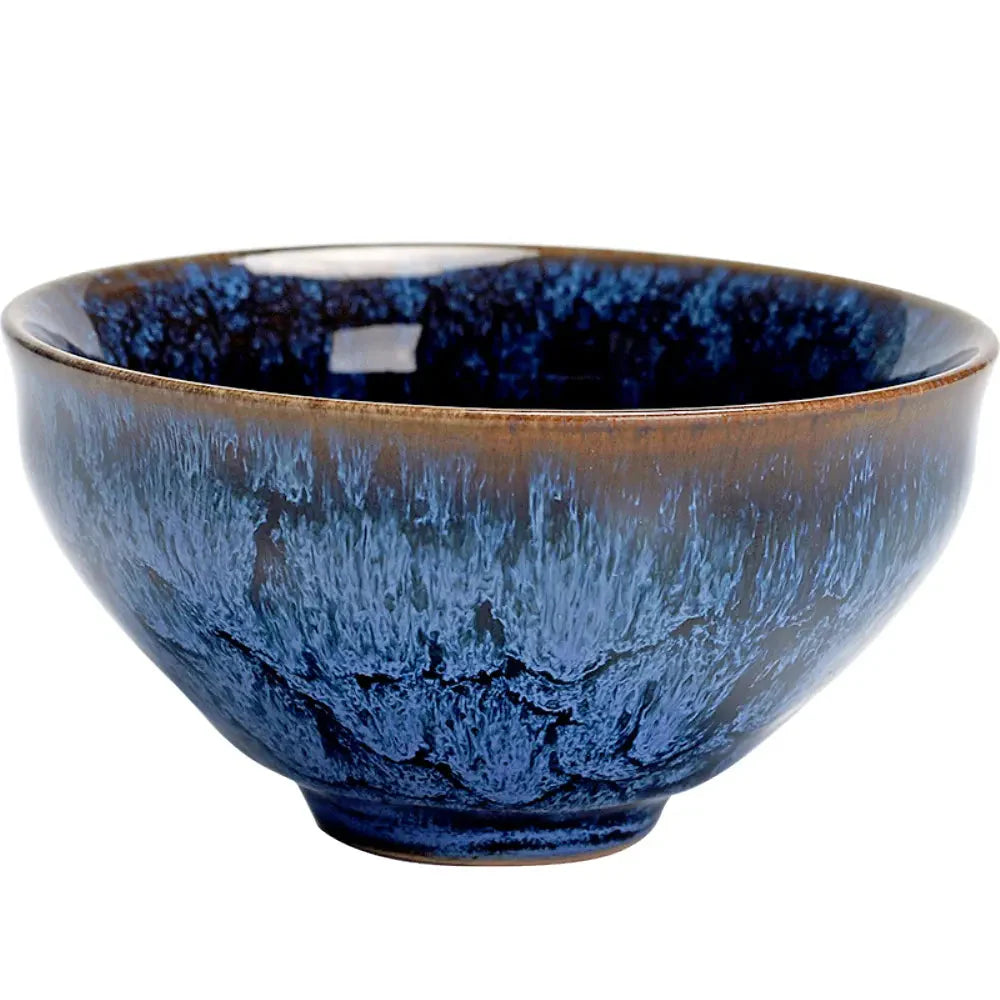
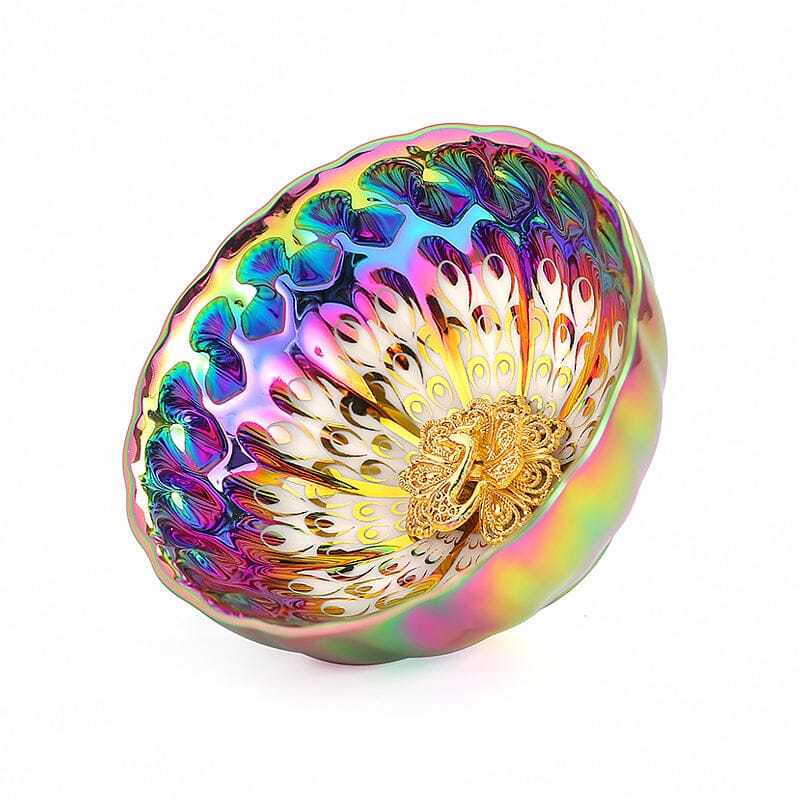


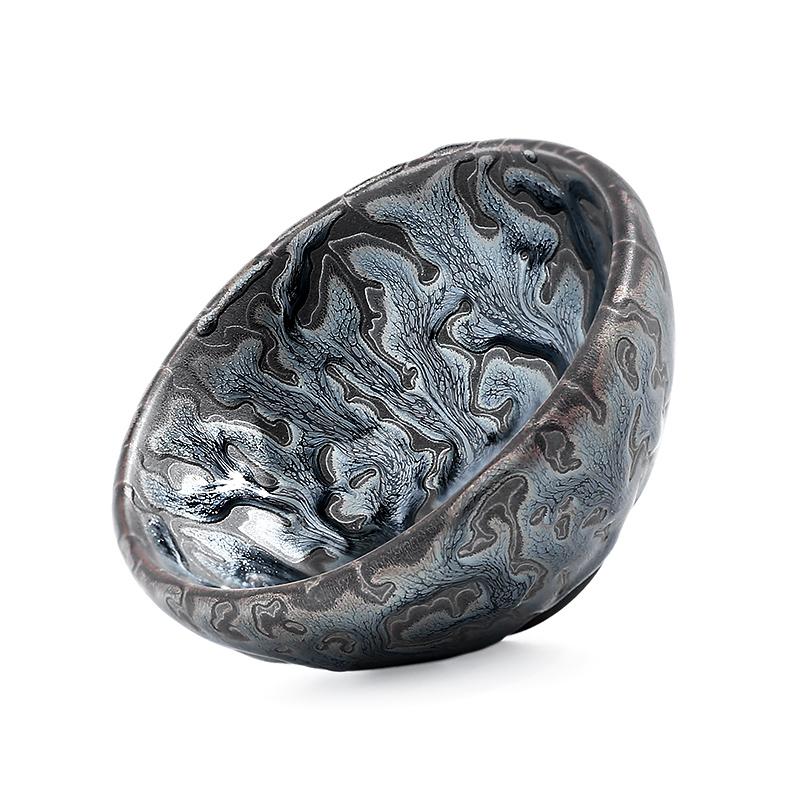
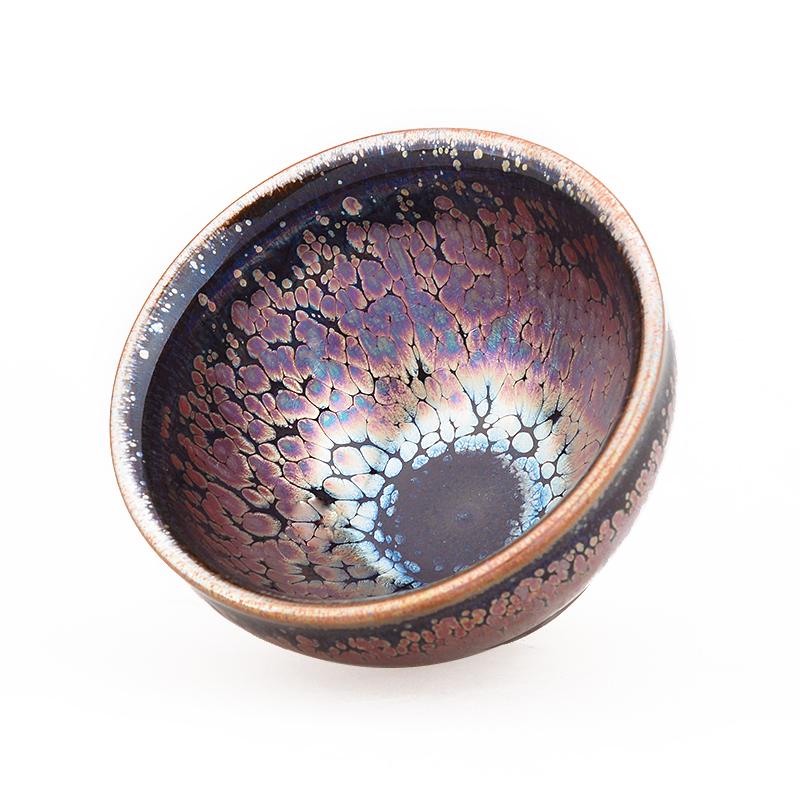
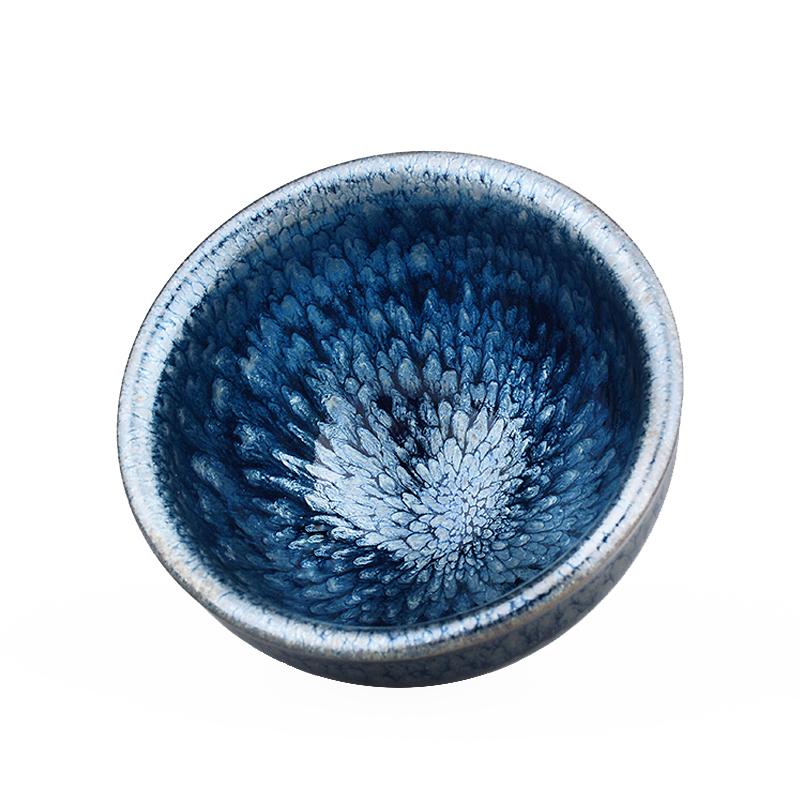
Share:
The Explorer of the Art of Changing Glaze - Wu Zhoufu of Fuzhou Tenmoku
Explaining the secrets of building a Tenmoku glazed surface